An elemental is a being first appearing in the alchemical works of Paracelsus. The basic concept of an elemental refers to the ancient idea of elements as building blocks of nature. An elemental is a creature (usually a spirit) that is attuned with or composed of one of the classical elements, air, water, earth and fire. The elements balance each other out through opposites; water quenches fire, fire boils water, earth contains air, air erodes earth.
Elemental or nature spirits never knew life as we know it as they originated from another realm of existence. Today’s society finds it very difficult to believe in the typical Victorian fairy, but it has not always been that way.
In the middle Ages, the gentiles defined it as a divinity or unknown force, which had a fascinating effect on the other divinities and on men and events. The French word fée has a similar origin and resulted in the English words fey and fairie which, as time went by, suffered spelling variations from fayerye, fayre, faerie, faery, and fairy. According to its ethimology, it is a fantastic being pictured as a woman known to have magical powers. For the Saxons, the word ferie refers to the world of fairies as an entity, being a geographical location.
The world of Fairies is a mixture of a mysterious enchantment and extreme caution should be exercised to penetrate into this world, as nothing is more irritating to fairies than several human beings curiously moving around their extraordinary dominions, like spoiled tourists. Location of these elementary beings has varied throughout time and cultures. For the Irish, sometimes it was found in the horizon; other under their own feet; on other occasions, on hills, or in a magical island in the high seas or under the ocean.
Nymph
A nymph (Greek: νύμφη, nymphē) in Greek mythology is a minor female nature deity typically associated with a particular location or landform. There are 5 different types of nymphs, Celestial Nymphs, Water Nymphs, Land Nymphs, Plant Nymphs and Underworld Nymphs. Different from goddesses, nymphs are generally regarded as divine spirits who animate nature, and are usually depicted as beautiful, young nubile maidens who love to dance and sing; their amorous freedom sets them apart from the restricted and chaste wives and daughters of the Greek polis.
They are believed to dwell in mountains and groves, by springs and rivers, and also in trees and in valleys and cool grottoes. Although they would never die of old age nor illness, and could give birth to fully immortal children if mated to a god, they themselves were not necessarily immortal, and could be beholden to death in various forms. Charybdis and Scylla were once nymphs.
Other nymphs, always in the shape of young maidens, were part of the retinue of a god, such as Dionysus, Hermes, or Pan, or a goddess, generally the huntress Artemis. Nymphs were the frequent target of satyrs. They are frequently associated with the superior divinities: the huntress Artemis; the prophetic Apollo; the reveller and god of wine, Dionysus; and rustic gods such as Pan and Hermes.
Nymphs are personifications of the creative and fostering activities of nature, most often identified with the life-giving outflow of springs: as Walter Burkert (Burkert 1985:III.3.3) remarks, "The idea that rivers are gods and springs divine nymphs is deeply rooted not only in poetry but in belief and ritual; the worship of these deities is limited only by the fact that they are inseparably identified with a specific locality."
The Greek nymphs were spirits invariably bound to places, not unlike the Latin genius loci, and the difficulty of transferring their cult may be seen in the complicated myth that brought Arethusa to Sicily. In the works of the Greek-educated Latin poets, the nymphs gradually absorbed into their ranks the indigenous Italian divinities of springs and streams (Juturna, Egeria, Carmentis, Fontus), while the Lymphae (originally Lumpae), Italian water-goddesses, owing to the accidental similarity of their names, could be identified with the Greek Nymphae.
The mythologies of classicizing Roman poets were unlikely to have affected the rites and cult of individual nymphs venerated by country people in the springs and clefts of Latium. Among the Roman literate class, their sphere of influence was restricted, and they appear almost exclusively as divinities of the watery element.
Nereid
In Greek mythology, the Nereids are sea nymphs (female spirits of sea waters), the fifty daughters of Nereus and Doris, sisters to Nerites. They were distinct from the mermaid-like Sirens. They often accompany Poseidon and can be friendly and helpful to sailors fighting perilous storms.
Nereids are particularly associated with the Aegean Sea, where they dwelt with their father in the depths within a silvery cave. The most notable of them are Thetis, wife of Peleus and mother of Achilles; Amphitrite, wife of Poseidon; and Galatea, love of the Cyclops Polyphemus. In Iliad XVIII, when Thetis cries out in sympathy for the grief of Achilles for the slain Patroclus, her sisters appear.
The Nereids are the namesake of one of the moons of the planet Neptune. The nymph Opis is mentioned in Virgil's Aeneid.
She is called on by the goddess Diana to avenge the death of the Amazon-like female warrior Camilla. Diana gives Opis magical weapons with which to take revenge on Camilla's killer, the Etruscan Arruns. Opis sees and laments Camilla's death and shoots Arruns in revenge as directed by Diana.
In modern Greek folklore, the term "nereid" (νεράϊδα, neráïda) has come to be used of all nymphs, or fairies, or mermaids, not merely nymphs of the sea.
Naiad
In Greek mythology, the Naiads (pron.: /ˈneɪæd/ or /ˈneɪəd/ or /ˈnaɪæd/ or /ˈnaɪəd/; Ancient Greek: Ναϊάδες, Naiades, from νάειν, "to flow", or νᾶμα, "running water") were a type of nymph (female spirit) who presided over fountains, wells, springs, streams, brooks and other bodies of freshwater.
They are distinct from river gods, who embodied rivers, and the very ancient spirits that inhabited the still waters of marshes, ponds and lagoon-lakes, such as pre-Mycenaean Lerna in the Argolid.
Naiads were associated with fresh water, as the Oceanids were with saltwater and the Nereids specifically with the Mediterranean, but because the Greeks thought of the world's waters as all one system, which percolated in from the sea in deep cavernous spaces within the earth, there was some overlap. Arethusa, the nymph of a spring, could make her way through subterranean flows from the Peloponnesus, to surface on the island of Sicily.
They were often the object of archaic local cults, worshipped as essential to humans. Boys and girls at coming-of-age ceremonies dedicated their childish locks to the local naiad of the spring. In places like Lerna their waters' ritual cleansings were credited with magical medical properties. Animals were ritually drowned there. Oracles might be situated by ancient springs.
Naiads could be dangerous: Hylas of the Argo's crew was lost when he was taken by naiads fascinated by his beauty (see illustration). The naiads were also known to exhibit jealous tendencies. Theocritus' story of naiad jealousy was that of a shepherd, Daphnis, who was the lover of Nomia or Echenais; Daphnis had on several occasions been unfaithful to Nomia and as revenge she permanently blinded him. Salmacis forced the youth Hermaphroditus into a carnal embrace and, when he sought to get away, fused with him.
The Naiads were either daughters of Poseidon or various Oceanids, but a genealogy for such ancient, ageless creatures is easily overstated. The water nymph associated with particular springs was known all through Europe in places with no direct connection with Greece, surviving in the Celtic wells of northwest Europe that have been rededicated to Saints, and in the medieval Melusine.
Walter Burkert points out, "When in the Iliad [xx.4–9] Zeus calls the gods into assembly on Mount Olympus, it is not only the well-known Olympians who come along, but also all the nymphs and all the rivers; Okeanos alone remains at his station", Greek hearers recognized this impossibility as the poet's hyperbole, which proclaimed the universal power of Zeus over the ancient natural world: "the worship of these deities," Burkert confirms, "is limited only by the fact that they are inseparably identified with a specific locality."
End Part One.
Sources: http://psocf.tripod.com/id81.html
http://en.wikipedia.org/wiki/Nymph
http://en.wikipedia.org/wiki/Nereid
http://en.wikipedia.org/wiki/Naiad
****************
Versione Italiana:
Versione Italiana:
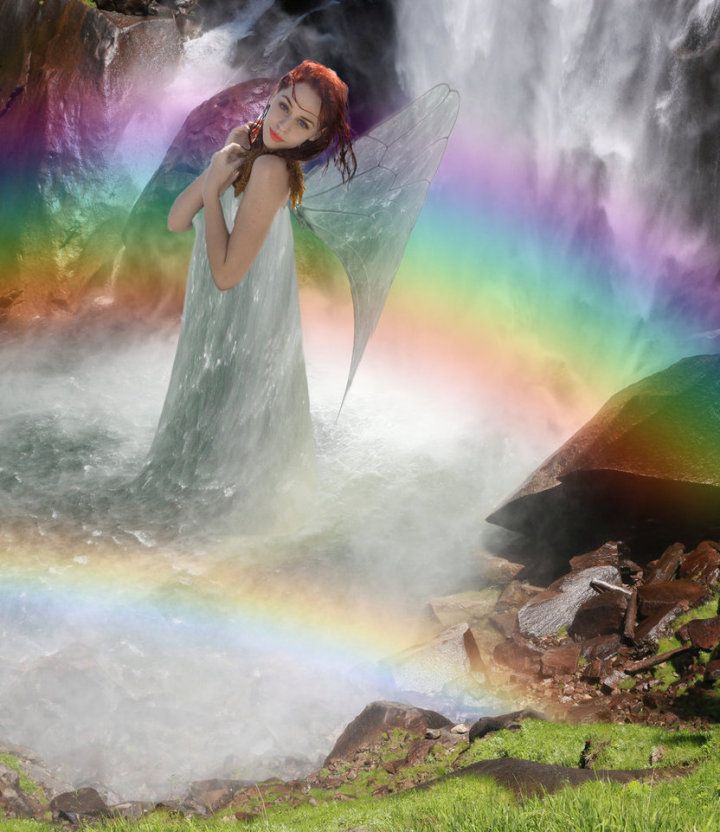
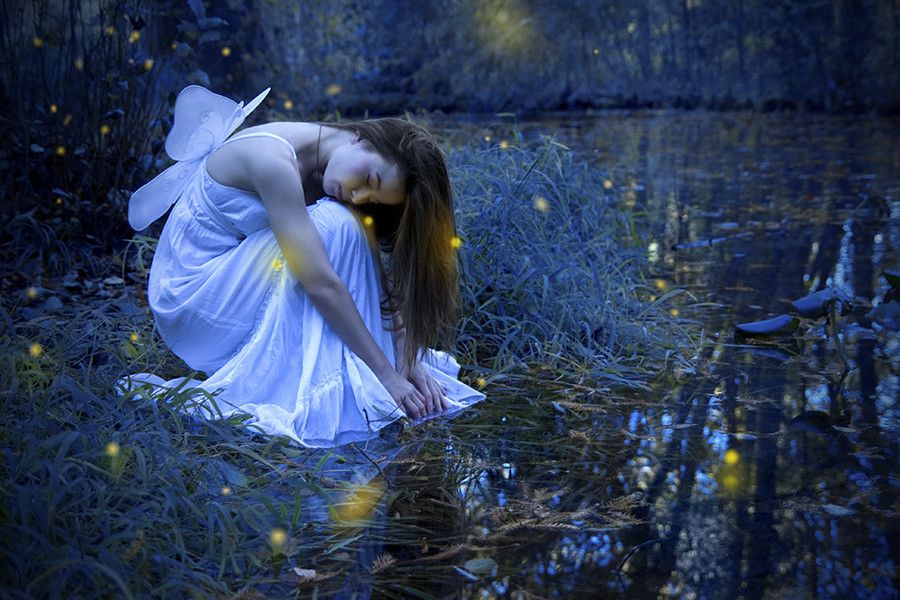
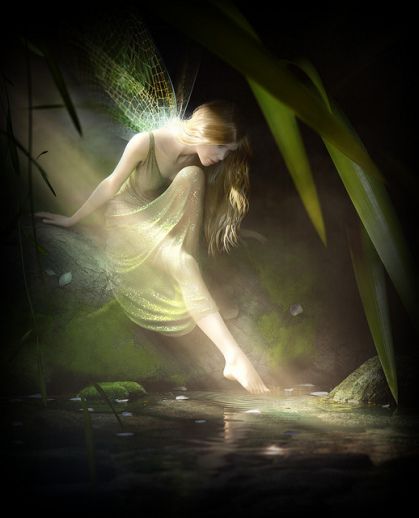
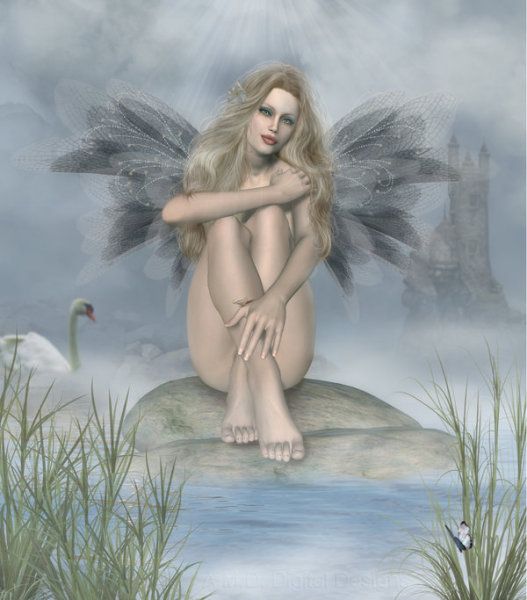
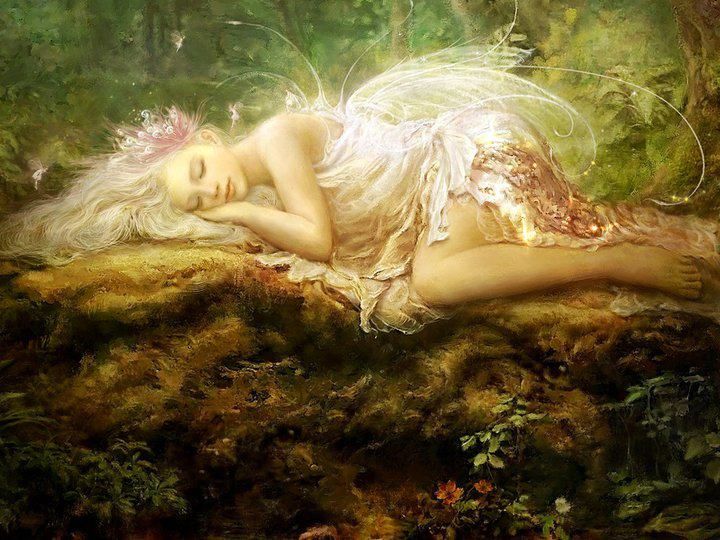

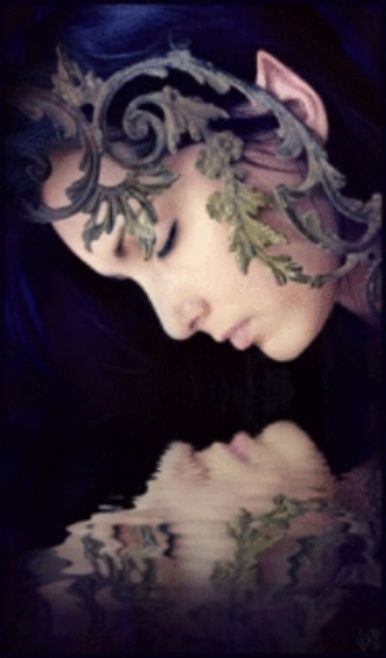
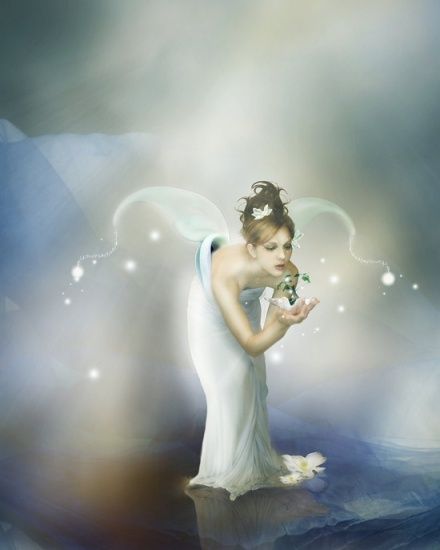


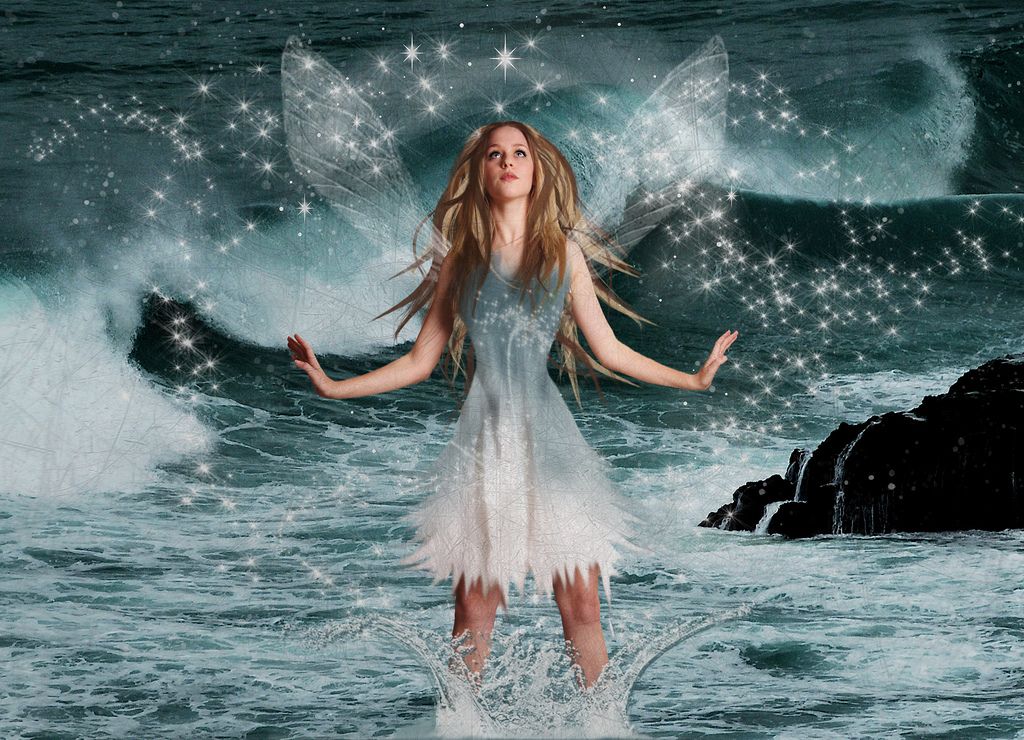
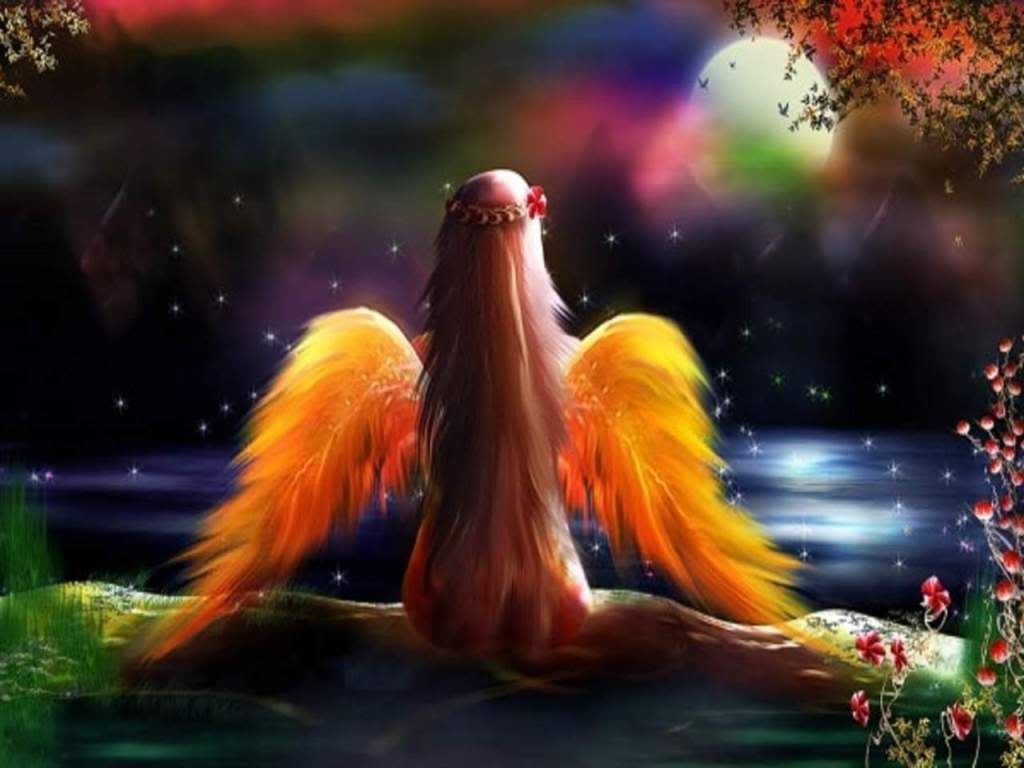
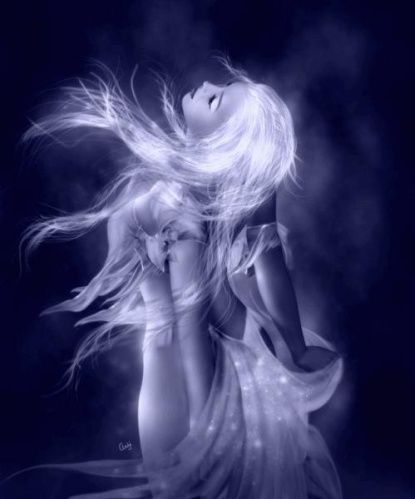



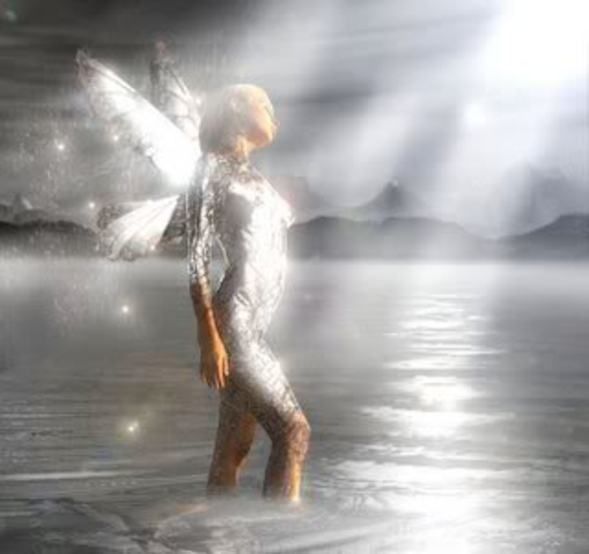
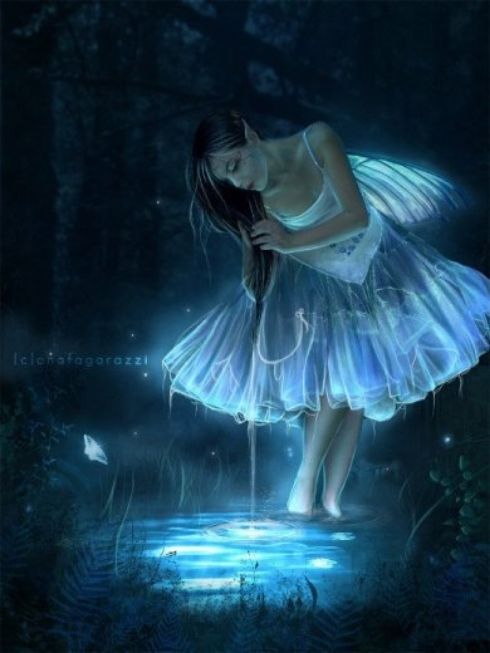
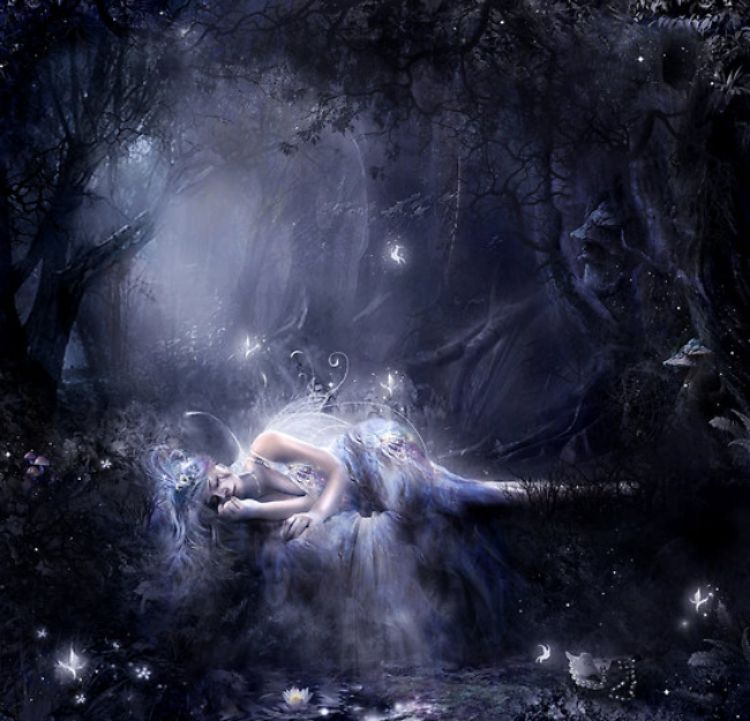
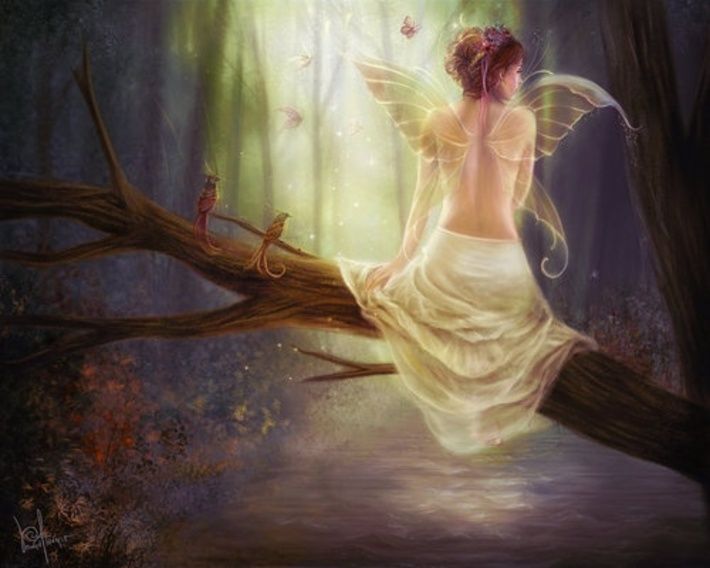
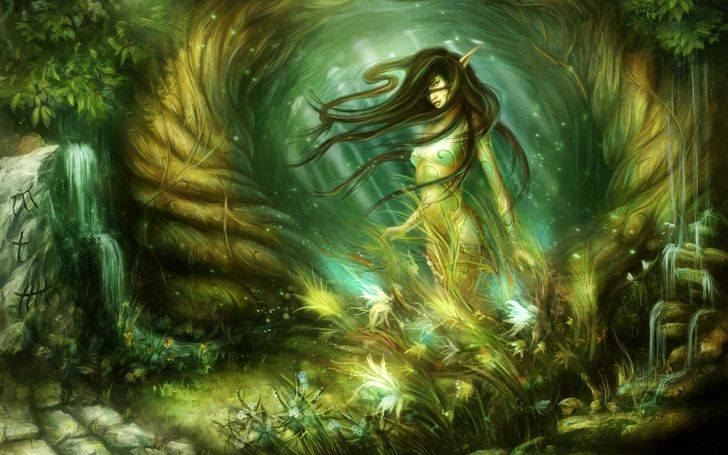
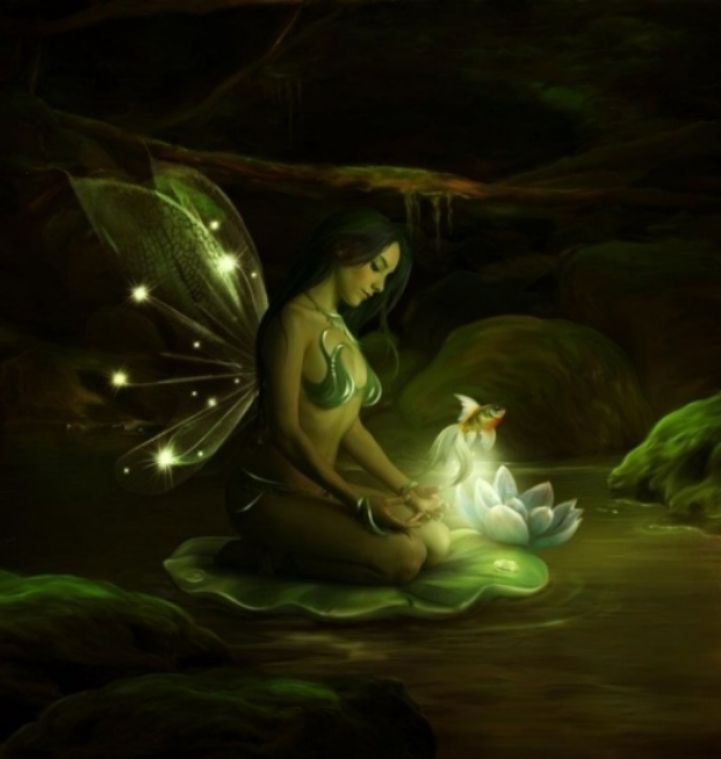

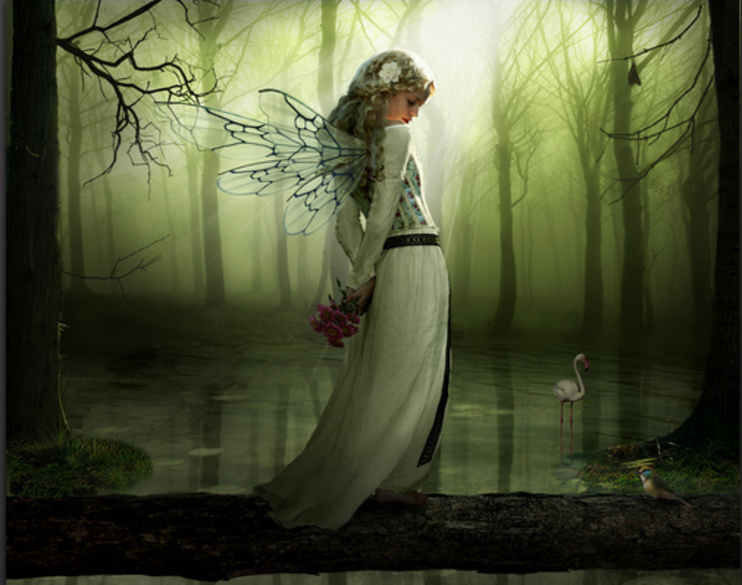
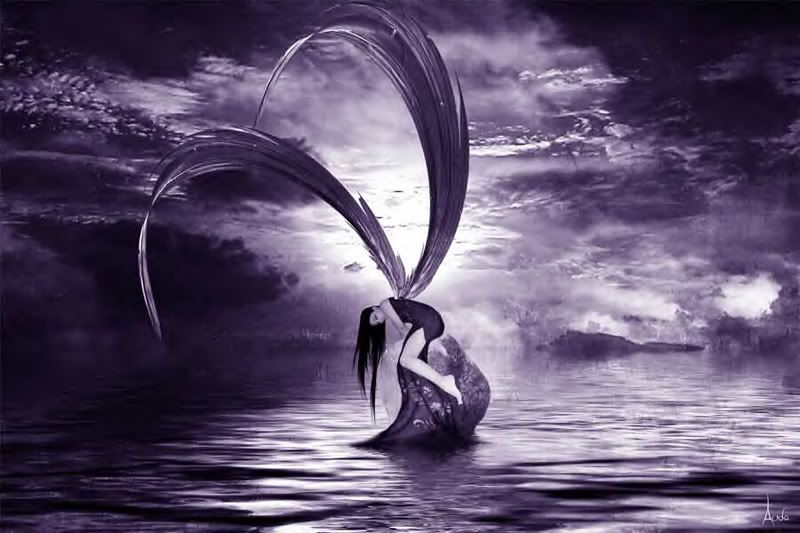
No comments:
Post a Comment